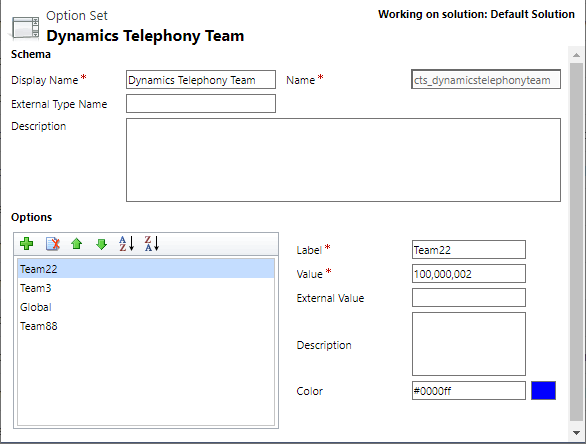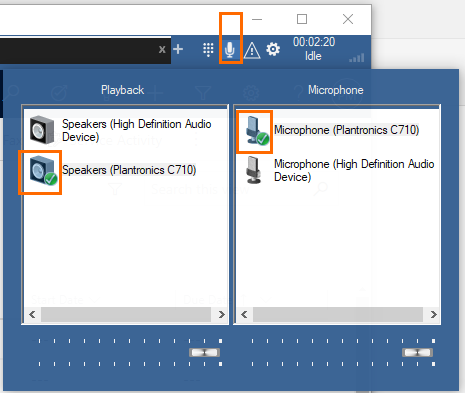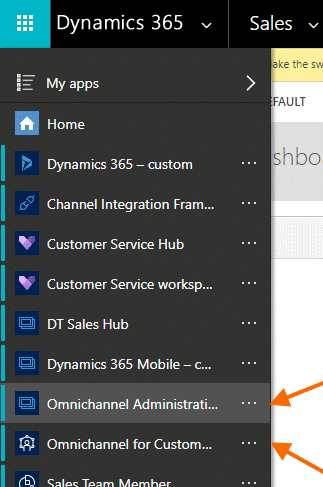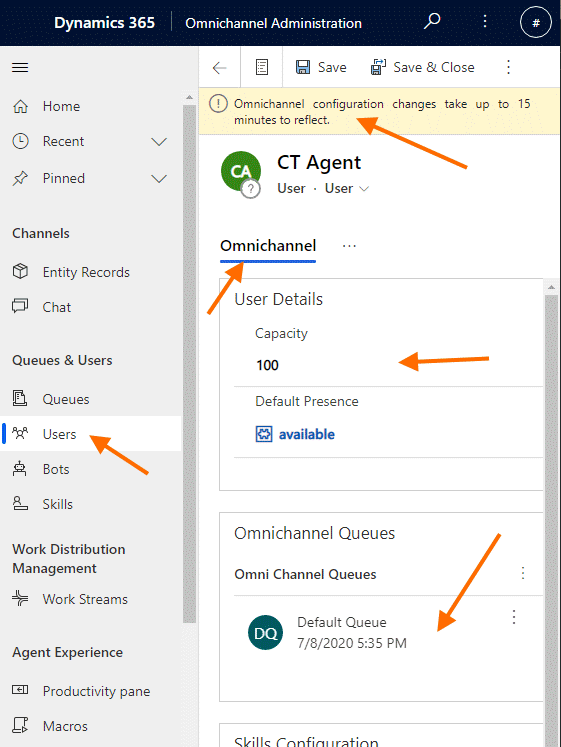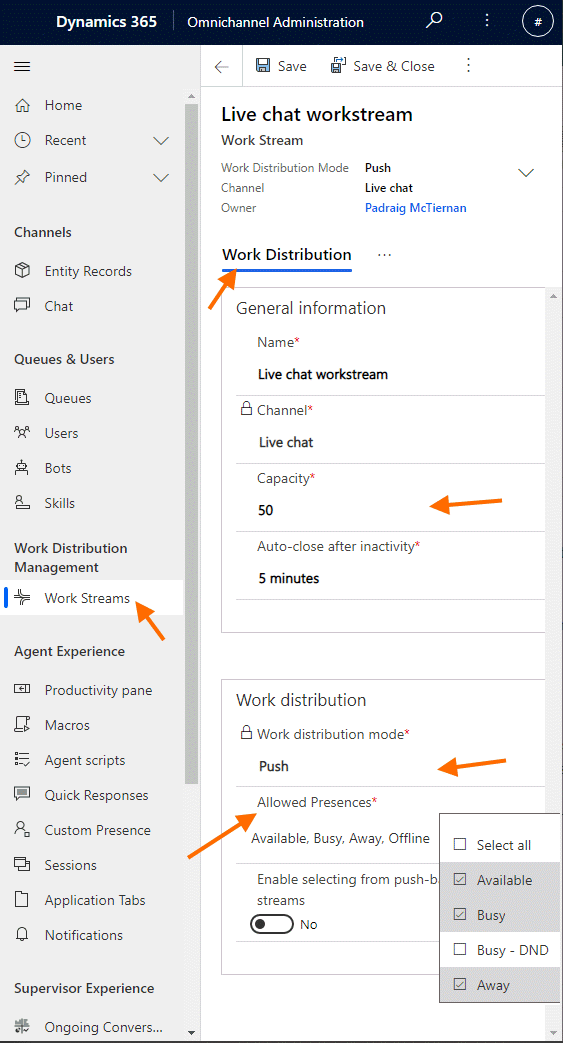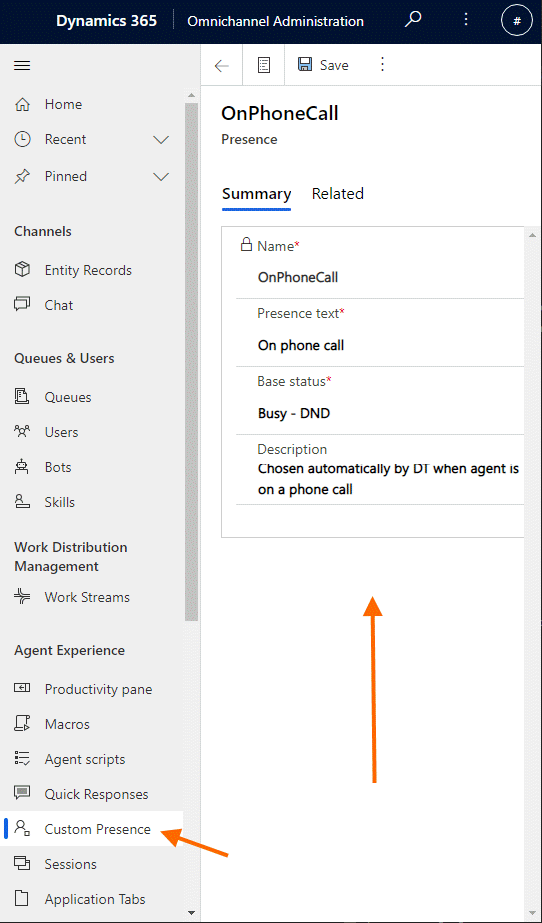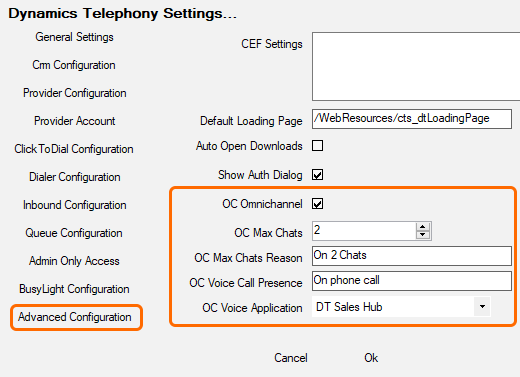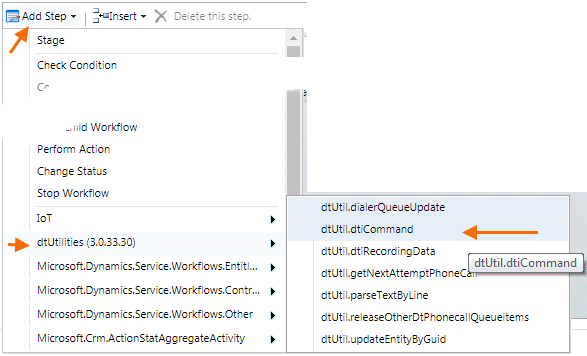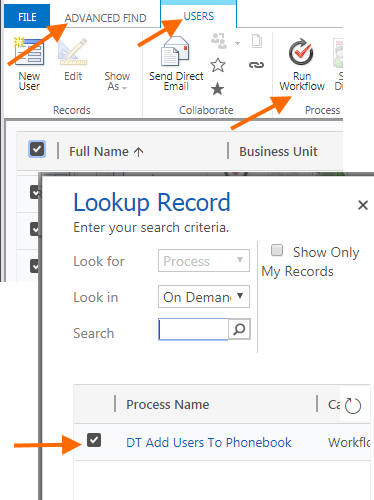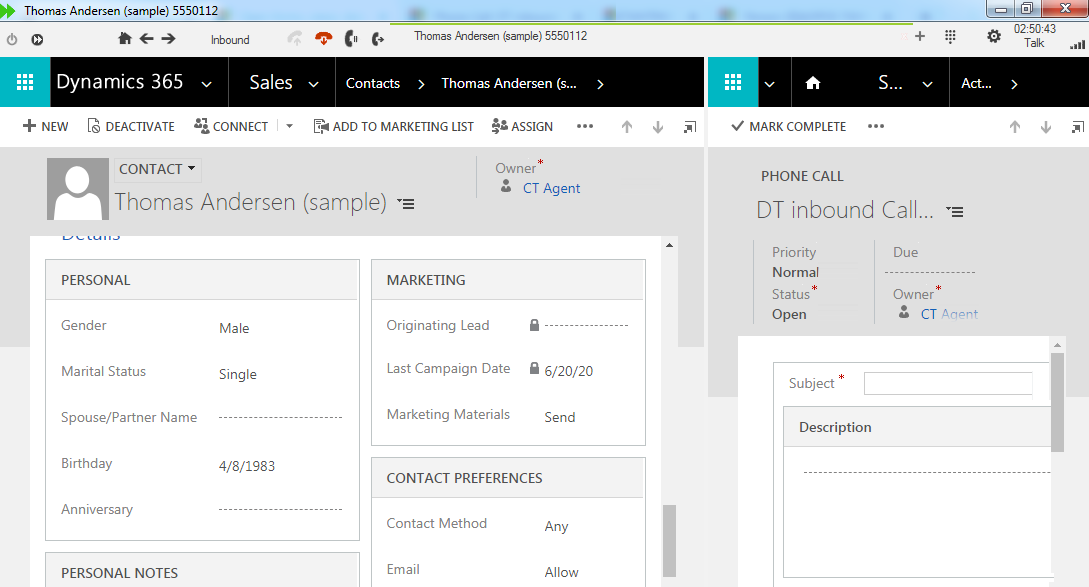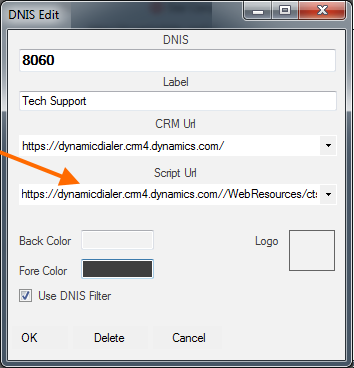First Call Resolution (FCR) is a measure of how well you are doing in solving customer issues on the same call as they first report the issue. Obviously, customers are delighted if their issues are solved on the first call and will be more likely to recommend your company to a friend.
FCR rate is one of the most important metrics you should measure in your contact center. If you don’t measure it you can’t improve it. I outline here how Dynamics Telephony has the tools and data you need to do this successfully.
FCR Definition
FCR% = 100 X ( Calls resolved on “Call 1” ) / ( Number of “Call 1” calls – issue resolved or not )
Where “Call 1” is the first call an issue is raised in.
Phonecall Activity
The phonecall activity record in CRM is where you collect the data necessary for measuring FCR. You can use agents to fill the data or Dynamics Telephony can automate most of the data collection.
Outcome: This simple text field is linked to the Outcome the user chooses in Dynamics Telephony Toolbar. You can define as many outcomes as you like. In the definition of the Outcome you set whether “Is Resolved” is true or not for this outcome. This will thus auto-populate the next field described below.
Is Resolved. This is a boolean (two option) field in the phonecall entity. The default value is NO. It will automatically be set depending on the Outcome chosen by the agent for the call.
Call Number for Issue: This integer field is automatically incremented by Dynamics Telephony if the previous call to/from this customer was less than N hours ago and marked Is Resolved NO. N is configurable per DNIS. If there was no call in the last N hours then it is set to 1.
Customer view via SMS
Optionally, you can add to your FCR solution by using Dynamics Telephony SMS Service to send the customer an SMS to find out if they agree that the issue was resolved on the last call. Dynamics Telephony SMS Service has the following features you will need:
Send SMS
– specify related entity (e.g. phonecall, case, account contact, ..)
– From phonenumber, to phonenumber,
Receive SMS with parsing
– “Value” populated in related entity field1
– “comment” populated in related entity field2
Your CRM partner will be able to construct an FCR survey using this service by making a workflow in CRM to trigger a survey for the right conditions and use the service to send the SMS. The reply from the customer will be automatically added to the related customer record. For example, in the case of FCR, it would probably attach to a phonecall record.
FCR Reporting
With the above data, you are now in a position to report on your FCR rate, using your favorite CRM reporting tool, such as Power BI. You set up the report to use phonecalls as the source of data.
Referring back to the definition above…
For “Calls resolved on Call 1”, you count the phonecalls with Call Number for Issue = 1 AND Is Resolved = YES.
For “Number of “Call 1″ calls – issue resolved or not”, you count the phonecalls with Call Number for Issue = 1

